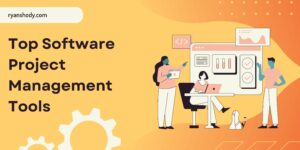In the rapidly evolving world of technology, staying abreast of the latest software developments, especially the top software trends, is crucial.
From the early days of simple programming to today’s complex digital ecosystems, the journey of software evolution has been remarkable.
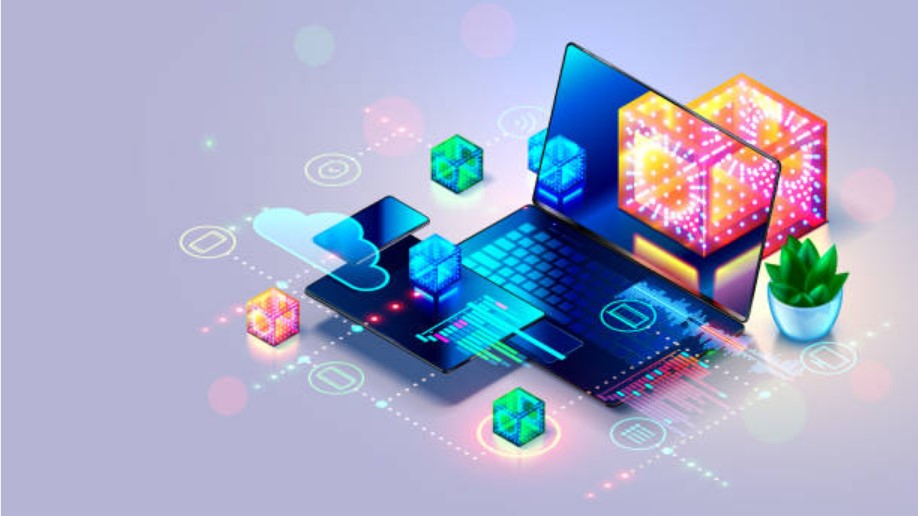
The year 2025 is no exception, bringing with it new advancements and innovations in these top software trends. Understanding and adapting to these trends is not just beneficial; it’s essential for anyone looking to thrive in this digital age.
Why Follow the Top Software Trends?`
Keeping up with the top software trends is vital for several reasons:
- Innovation and Growth: New software trends often lead to groundbreaking innovations, opening doors to new opportunities and growth areas in various industries.
- Competitive Edge: For businesses, staying updated with these trends means staying ahead of the competition. It’s about being the first to leverage new technologies to enhance operations, customer experience, and market presence.
- Skill Development: For professionals and enthusiasts, understanding the latest software trends is key to skill development and career advancement.
Top Software Trends in 2025
Let’s dive into the top software trends of 2025, highlighting key areas where these trends are making a significant impact.
- Artificial Intelligence and Machine Learning
- Cloud Computing and Edge Computing
- Quantum Computing
- Cybersecurity Innovations
- Blockchain Technology
- Internet of Things (IoT)
- Augmented Reality (AR) and Virtual Reality (VR)
- 5G Technology and Its Implications
- Sustainable and Green Software
- Open Source Software Movement
- Remote Work and Collaboration Tools
- Software Development Methodologies
1. Artificial Intelligence and Machine Learning: Pioneering the Future
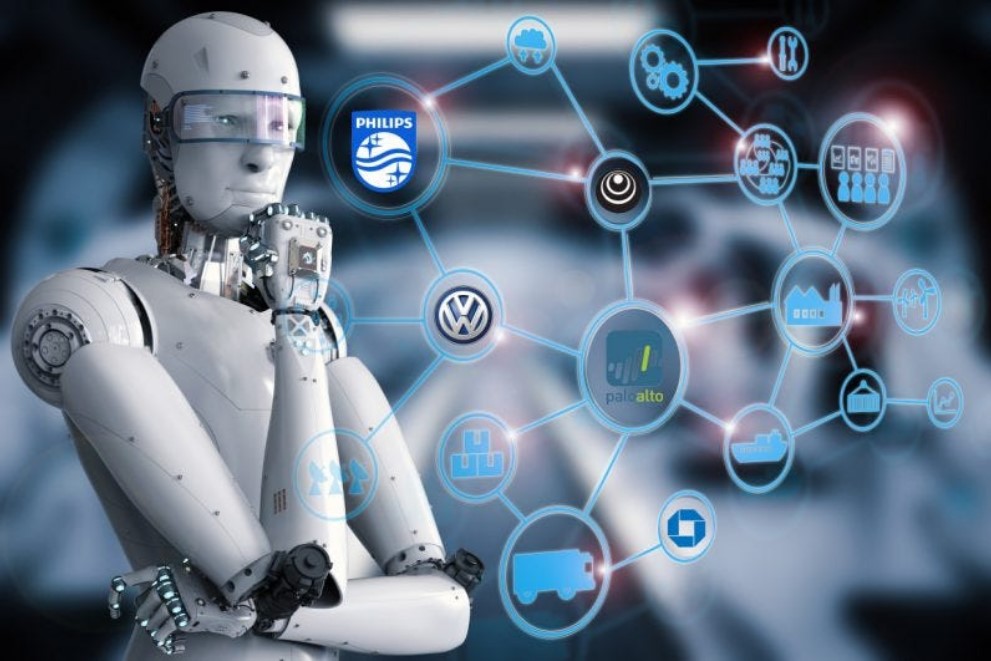
AI and ML are not just buzzwords; they are revolutionizing industries and software development. From enhancing user experience with personalized recommendations to automating routine tasks, AI and ML are indispensable in today’s tech-driven world.
Their integration into various industries has led to more efficient operations, smarter decision-making, and innovative products and services.op software trends
Key Points:
- Personalization: AI algorithms tailor user experiences, increasing engagement and satisfaction.
- Automation: Automate mundane tasks, enhancing efficiency and productivity.
- Predictive Analytics: Forecast trends and behaviors, aiding in strategic planning.
- Natural Language Processing: Enhance user interactions with smart voice assistants and chatbots.
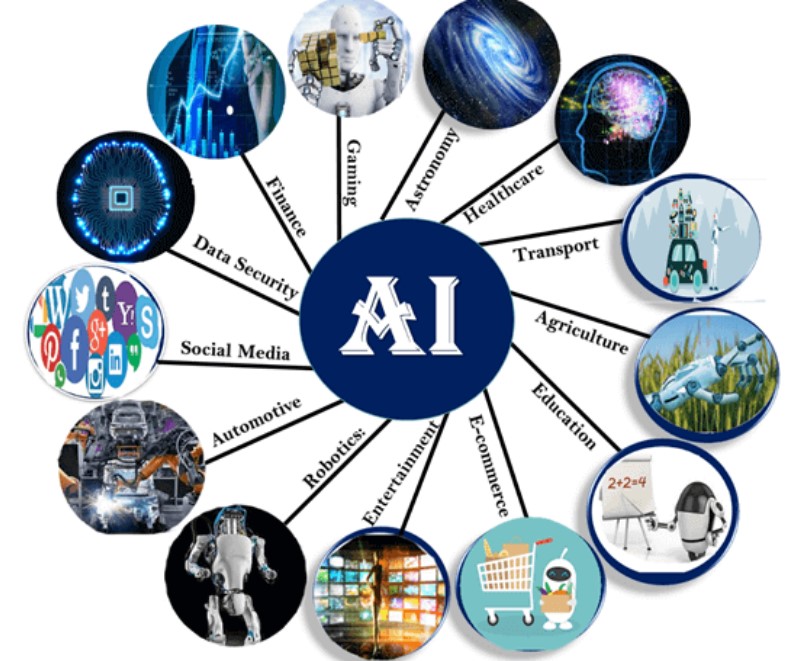
Latest Advancements:
- Enhanced Natural Language Processing (NLP): Improvements in NLP are making AI more adept at understanding and replicating human language.
- Predictive Analytics: Advanced ML algorithms are now more capable of predicting trends and behaviors, proving invaluable in sectors like finance and healthcare.
- Autonomous Vehicles: AI advancements are accelerating the development of self-driving cars, with greater accuracy and safety.
- AI in Healthcare: From diagnostics to personalized treatment plans, AI is revolutionizing healthcare.
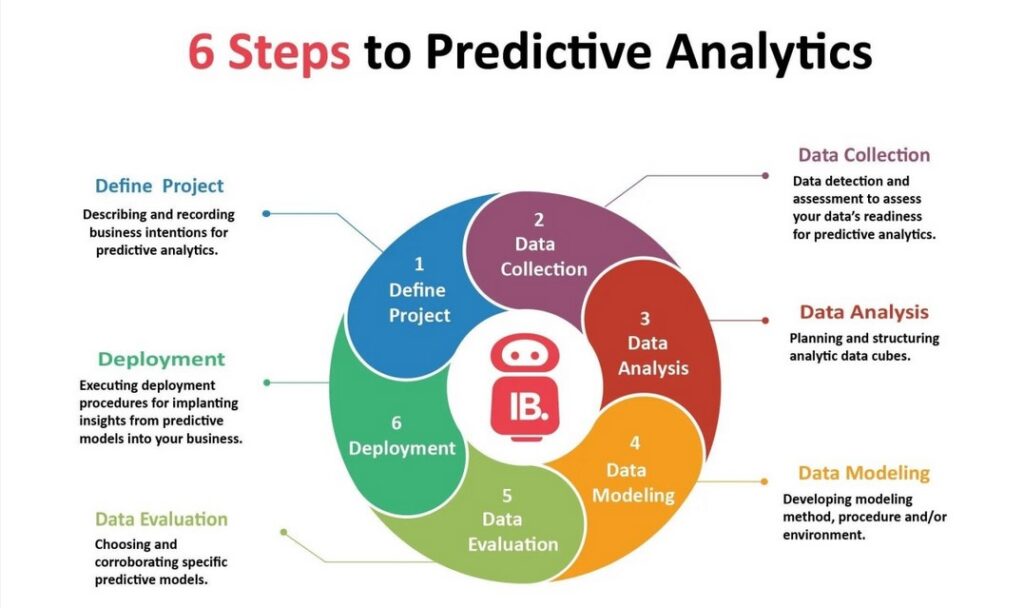
2. Cloud Computing and Edge Computing: Reshaping Data Management
The synergy between cloud computing and edge computing is redefining data storage and processing. Cloud computing offers scalable and flexible resources, while edge computing brings computation closer to data sources, reducing latency.
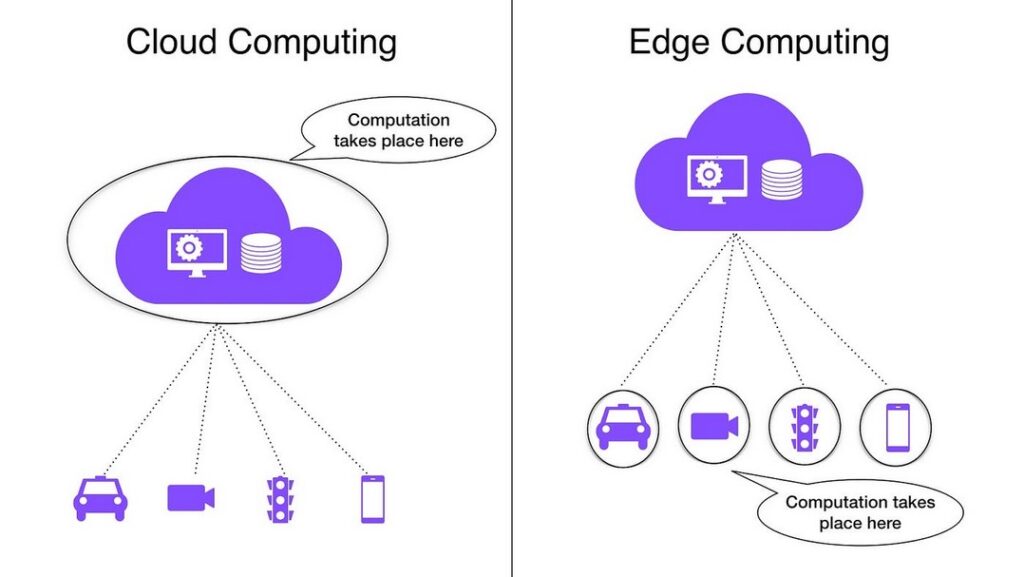
This combination enhances performance and efficiency, crucial in a data-driven world.
Key Points:
- Scalability: Cloud services easily scale to meet growing data needs.
- Accessibility: Access data and applications from anywhere, anytime.
- Edge Computing: Process data near its source for faster insights.
- Cost-Effectiveness: Reduce hardware costs and achieve operational efficiency.
Recent Developments:
- Hybrid Cloud Solutions: Businesses are increasingly adopting hybrid cloud solutions, combining the flexibility of public clouds with the security of private clouds.
- Serverless Computing: This paradigm shift allows companies to build and run applications without managing servers, enhancing efficiency and scalability.
- Edge Computing Growth: By processing data closer to its source, edge computing significantly reduces latency and bandwidth use, ideal for IoT devices.
- AI Integration in Cloud: The integration of AI with cloud computing is enabling smarter, more adaptive infrastructures.
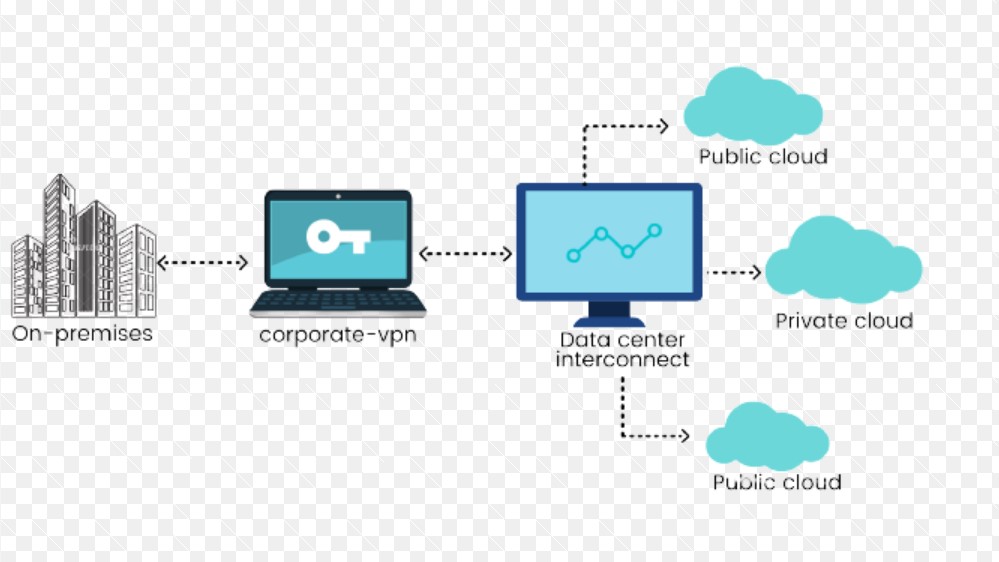
3. Quantum Computing: Breaking Computational Boundaries
Quantum computing is set to transform how we solve complex problems and is a crucial part of the Top Software Trends in 2025.
By leveraging the principles of quantum mechanics, these computers can process vast amounts of data at unprecedented speeds, outperforming traditional computers in certain tasks. This has enormous implications for fields like cryptography, material science, and complex system modeling.
Key Points:
- Speed: Perform calculations much faster than traditional computers.
- Complex Problem Solving: Tackle problems intractable for classical computers.
- Cryptography: Develop new levels of data security.
- Drug Discovery: Accelerate the discovery of new medicines.
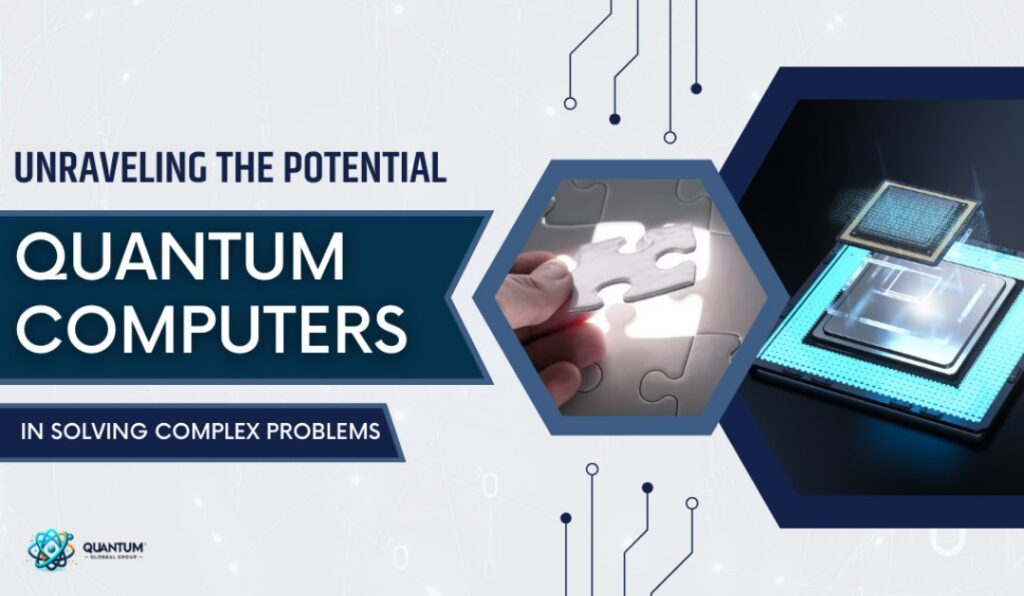
Key Developments:
- Enhanced Problem-Solving Capabilities: Tackling problems that are currently unsolvable by classical computers.
- Cryptography Advancements: Providing new ways to secure data transmission.
- Drug Discovery Acceleration: Enabling rapid processing of molecular and chemical interactions.
- Climate Change Research: Facilitating more accurate climate modeling and predictions.
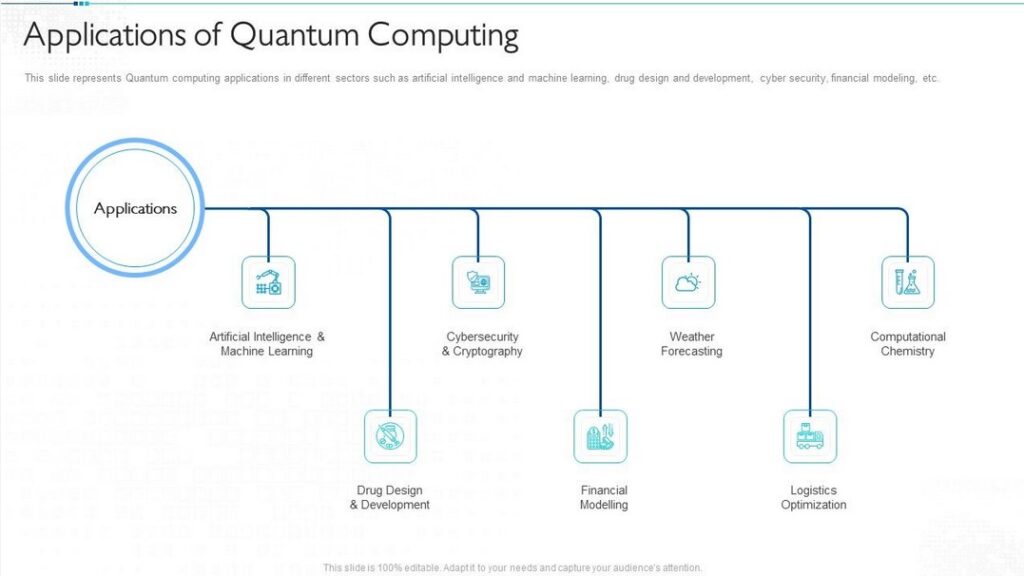
4. Cybersecurity Innovations: Strengthening Digital Defense
The evolving landscape of cybersecurity, a key component of the Top Software Trends in 2025, is a testament to the constant battle against digital threats.
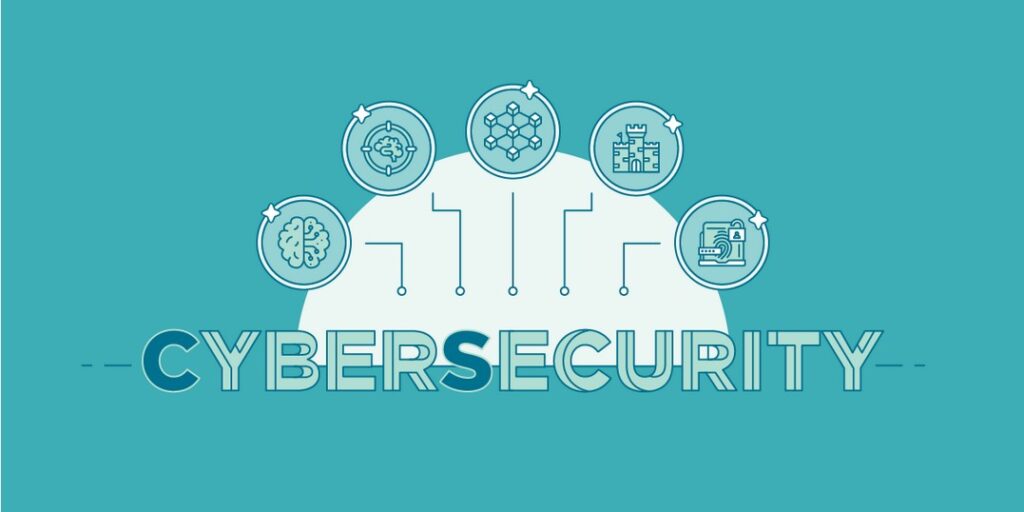
With the rise of sophisticated cyberattacks, the need for robust and innovative software solutions has never been greater. From AI-powered threat detection systems to blockchain-enhanced security, the focus is on staying one step ahead of cyber criminals.
Key Points:
- AI in Threat Detection: Use AI to identify and respond to threats quickly.
- Encryption Advances: Implement stronger encryption methods to protect data.
- Blockchain for Security: Leverage blockchain for tamper-proof transaction logs.
- Security Automation: Automate routine security tasks for efficiency.
Recent Advancements:
- AI-Driven Threat Detection: Utilizing artificial intelligence to predict and identify potential security threats more accurately and swiftly.
- Enhanced Encryption Techniques: Implementing more robust encryption methods to secure sensitive data against advanced hacking techniques.
- Blockchain for Security: Leveraging blockchain technology for its inherent security features in managing digital transactions.
- Zero Trust Architecture: Adopting a ‘never trust, always verify’ approach to network access, enhancing overall security posture.
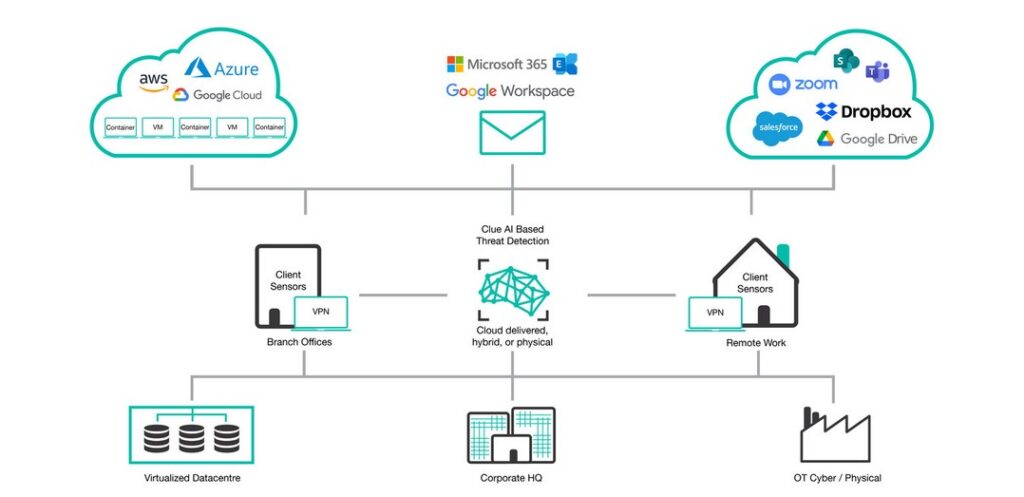
5. Blockchain Technology: Expanding Horizons
Blockchain is stepping beyond the realm of cryptocurrencies, proving its worth in various sectors and solidifying its place in the Top Software Trends in 2025. Its ability to offer secure, transparent, and tamper-proof transactions makes it a valuable tool in supply chain management, healthcare, and beyond.
Key Points:
- Supply Chain Transparency: Track products from origin to consumer.
- Healthcare Data Management: Secure and streamline patient data.
- Smart Contracts: Automate and enforce contracts securely.
- Identity Verification: Provide a secure and immutable identity verification system.
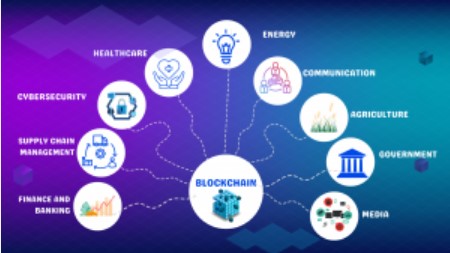
Key Advancements:
- Supply Chain Management: Implementing blockchain for transparent and tamper-proof supply chain tracking.
- Secure Voting Systems: Enhancing electoral processes with blockchain-based voting, ensuring security and reducing fraud.
- Healthcare Data Management: Securely storing and sharing patient records while ensuring privacy and compliance.
- Smart Contracts: Automating and enforcing contracts in various sectors, including real estate and legal services.
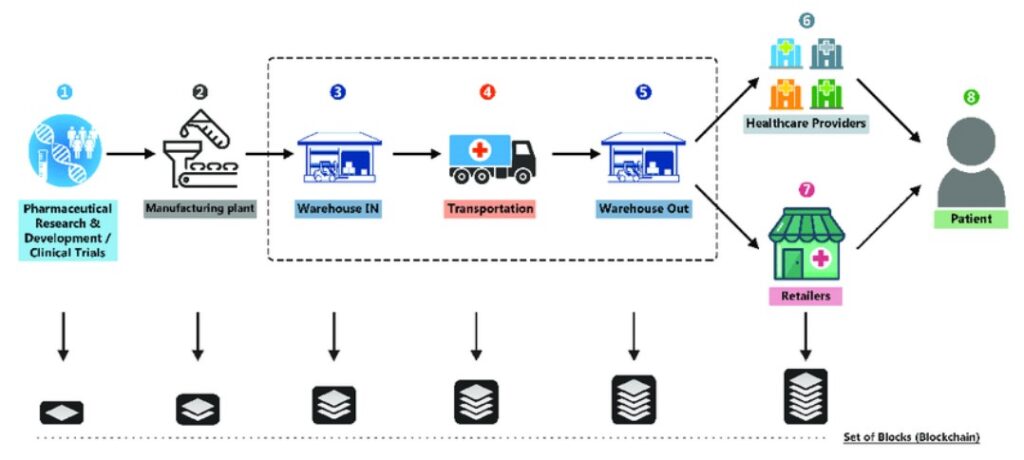
6. Internet of Things (IoT): Connecting the World Like Never Before
The IoT landscape, a major player in the Top Software Trends in 2025, is expanding significantly, integrating with various technologies to revolutionize sectors like smart homes, healthcare, and industrial automation.
Key Points:
- Smart Homes: IoT devices automate and enhance home living, from smart thermostats to intelligent security systems.
- Healthcare Integration: Wearables and connected devices provide real-time health monitoring and data analysis.
- Industrial Automation: IoT in manufacturing leads to increased efficiency and predictive maintenance.
- Urban Development: Smart city initiatives leverage IoT for traffic management and environmental monitoring.
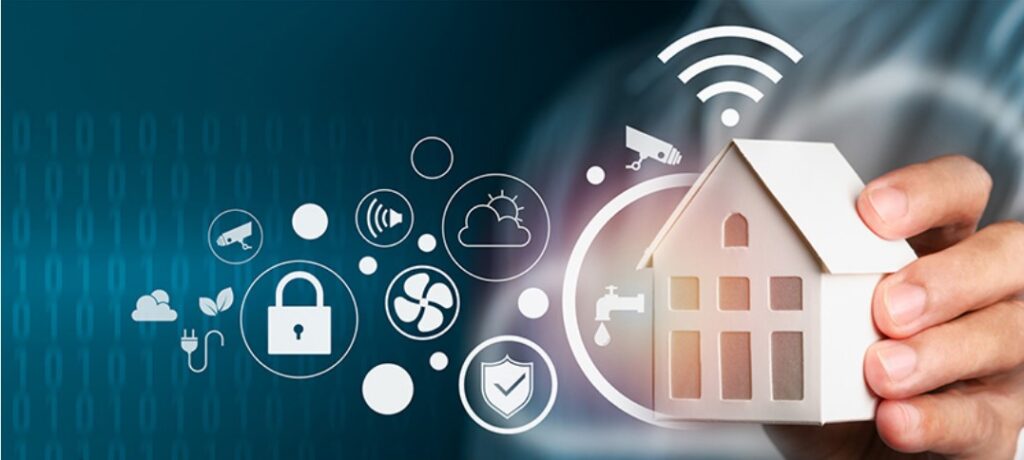
Key Impacts:
- Smart Homes: IoT devices like smart thermostats and intelligent lighting systems are revolutionizing home management.
- Health Monitoring: Wearable IoT devices provide real-time health tracking and data analysis.
- Efficient Energy Use: IoT applications in energy management lead to smarter and more sustainable energy consumption.
- Enhanced Security Systems: IoT-enabled security cameras and alarm systems offer advanced home security solutions.
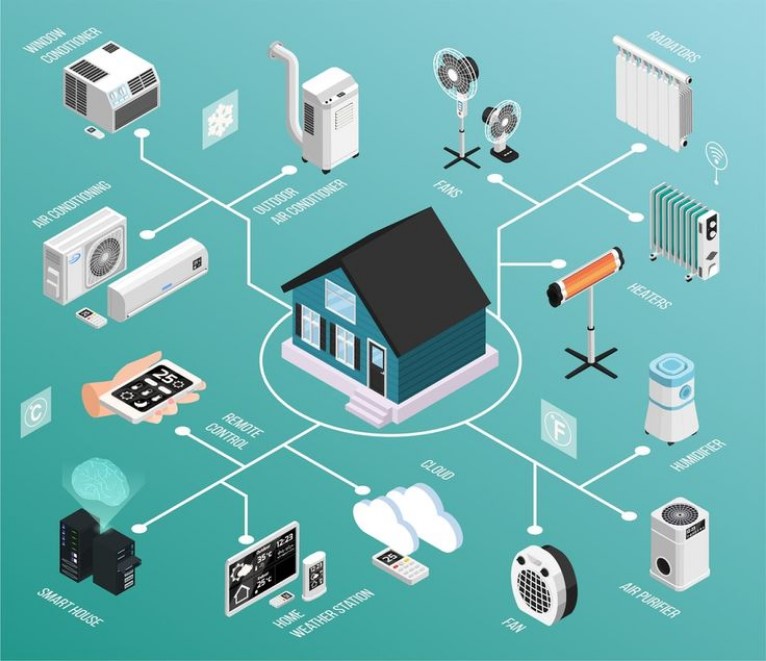
7. Augmented Reality (AR) and Virtual Reality (VR): Transforming Experiences
AR and VR technologies, integral to the Top Software Trends in 2025, are seeing significant advancements, with increasing use in education, training, entertainment, and retail.
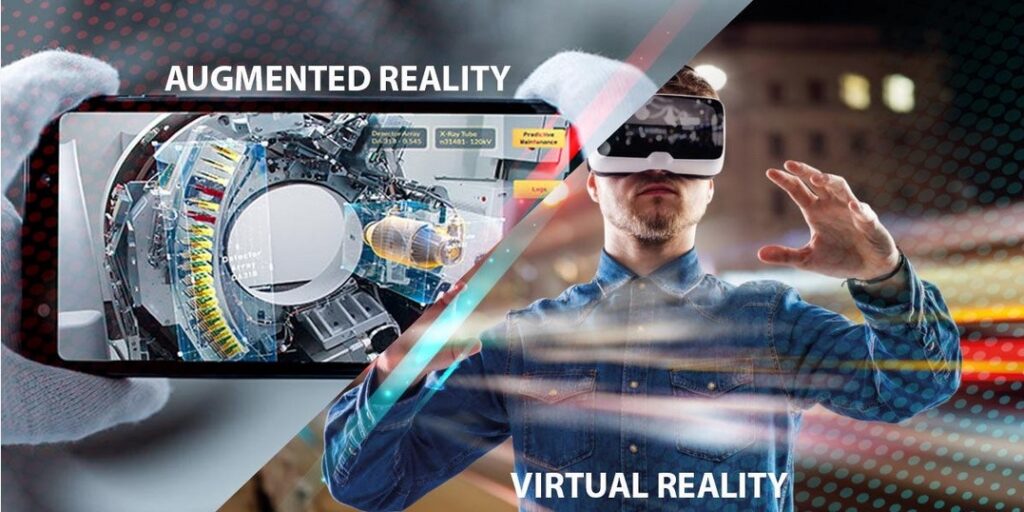
These immersive technologies are changing how we interact with digital content, offering new and exciting ways to engage and learn.
Key Points:
- Educational Tools: AR and VR in education create immersive and interactive learning environments.
- Training Simulations: Realistic simulations in industries like healthcare and aviation for hands-on training.
- Entertainment Evolution: New dimensions in gaming and media consumption.
- Retail Revolution: AR and VR in retail for virtual try-ons and product demos.
Key Advancements:
- Realistic Simulations: Enhanced realism in VR environments, making them more lifelike and interactive.
- AR in Retail: Use of AR for virtual try-ons and product demonstrations, transforming the shopping experience.
- Educational Applications: Both AR and VR being used for interactive and immersive learning experiences.
- Healthcare Training: VR simulations for medical training, providing safe and realistic practice environments.

8. 5G Technology and Its Implications: A New Era of Connectivity
5G technology, a game-changer and a vital part of the Top Software Trends in 2025, is transforming software applications by offering faster speeds, lower latency, and enabling other technologies like IoT and AR/VR to perform at their best.
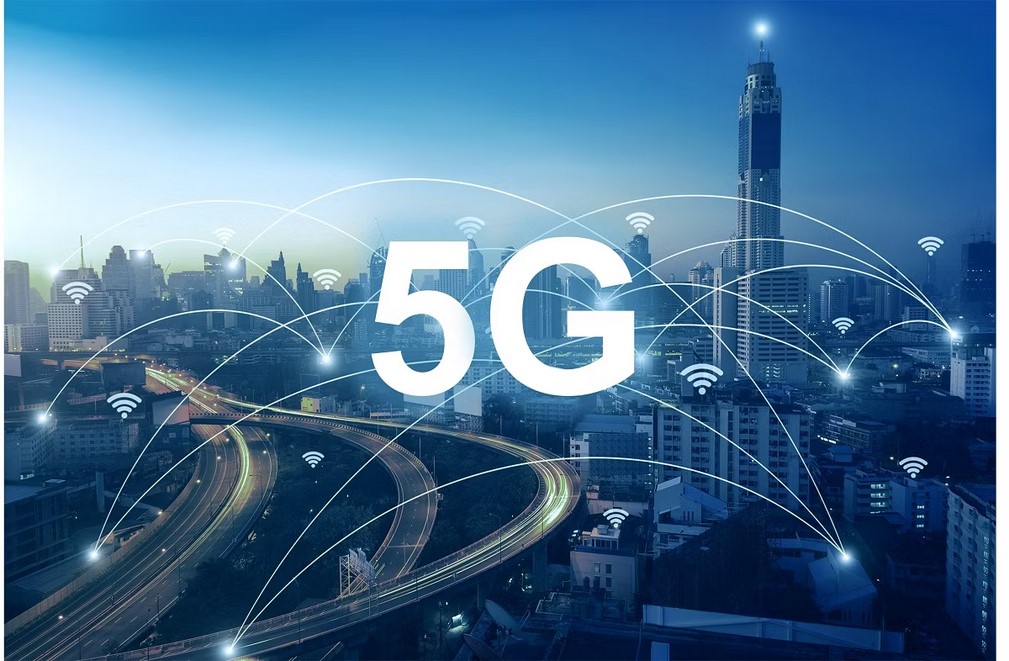
Its rollout marks a significant step forward in network capabilities, impacting various aspects of technology.
Key Points:
- Enhanced IoT Performance: 5G’s speed and low latency improve IoT device connectivity.
- AR/VR Enablement: Enables smoother, more immersive AR/VR experiences.
- Mobile Revolution: 5G enhances mobile app functionality and user experience.
- Telecommunications Innovation: Paves the way for advanced telecommunication services.
Key Impacts:
- Enhanced Mobile Broadband: Offering unprecedented download and upload speeds, dramatically improving user experience.
- IoT Advancement: Facilitating the growth of the Internet of Things with improved connectivity for devices.
- Remote Work Efficiency: Enabling more reliable and efficient remote work and collaboration possibilities.
- Smart City Development: Laying the foundation for smart city initiatives through improved connectivity and data management.

9. Sustainable and Green Software: Paving the Way for an Eco-Friendly Future
The focus on sustainable and green software development practices is gaining momentum, becoming a key aspect of the Top Software Trends in 2025.
This trend emphasizes the need for environmentally friendly computing solutions, reducing the carbon footprint of digital operations and promoting energy-efficient software design.
Key Points:
- Energy-Efficient Design: Developing software that requires less energy to run.
- Eco-Friendly Practices: Adopting green practices in data centers and cloud services.
- Sustainability Reporting: Software tools for tracking and improving environmental impact.
- Green Coding Initiatives: Community-led projects focusing on sustainable coding practices.
Key Roles of Sustainable Software:
- Energy Efficiency: Designing software to consume less energy, especially in data centers and cloud computing.
- Resource Optimization: Utilizing resources more effectively to minimize waste during software development and operation.
- Longer Software Lifespan: Developing software that remains relevant longer, reducing the need for frequent updates and replacements.
- Eco-Friendly Coding Practices: Adopting coding practices that prioritize sustainability and lower carbon emissions.
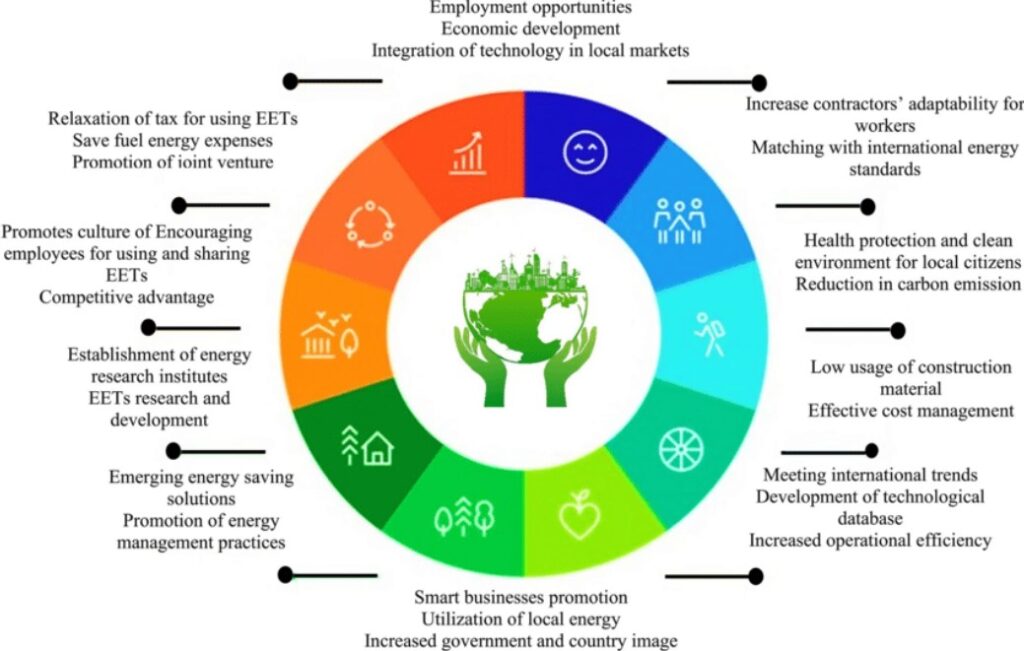
10. Open Source Software Movement: Powering Innovation and Collaboration
The growth of open source software reflects a shift towards community-driven development, marking it as a significant element of the Top Software Trends in 2025.
This movement is shaping the software industry, encouraging collaboration, innovation, and accessibility in software development.
Key Points:
- Community Collaboration: Fostering a collaborative environment for software development.
- Innovation Acceleration: Rapid innovation through shared knowledge and resources.
- Accessibility Enhancement: Making software more accessible to a wider audience.
- Industry Impact: Influencing major software trends and company strategies.
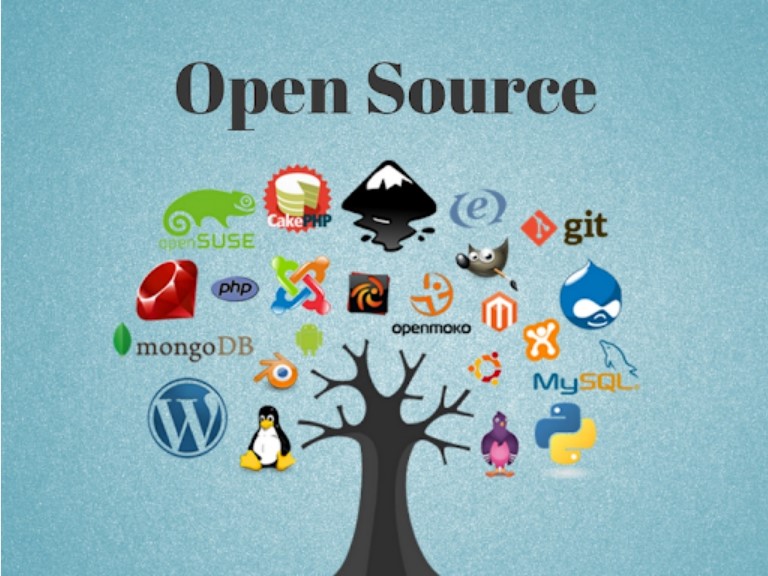
11. Remote Work and Collaboration Tools: Redefining Workplace Dynamics
The rise of remote work has catalyzed the development of sophisticated collaboration tools and virtual workplaces, firmly establishing them as a part of the Top Software Trends in 2025.
Software is not just a tool but a bridge connecting distributed teams, enhancing communication, and fostering a productive work environment.
Key Points:
- Collaboration Platforms: Tools like Slack and Microsoft Teams have become essential for team communication.
- Project Management Software: Platforms like Asana and Trello are streamlining project management and tracking.
- Virtual Meeting Tools: Zoom and Google Meet have transformed how meetings are conducted.
- Cloud-Based Document Sharing: Services like Google Drive and Dropbox facilitate seamless document sharing and collaboration.

12. Software Development Methodologies: Steering the Future of Software Creation
The landscape of software development is continuously evolving with methodologies like Agile, DevOps, and CI/CD playing pivotal roles. These practices are not just trends but are reshaping how software is conceptualized, developed, and deployed, emphasizing flexibility, efficiency, and continuous improvement.
Key Points:
- Agile Frameworks: Emphasis on adaptive planning and iterative development.
- DevOps Culture: Integration of development and operations for faster and more reliable software deployment.
- Continuous Integration/Continuous Deployment (CI/CD): Automated pipelines for efficient software delivery.
- Microservices Architecture: Building applications as a suite of small services to enhance scalability and maintainability.
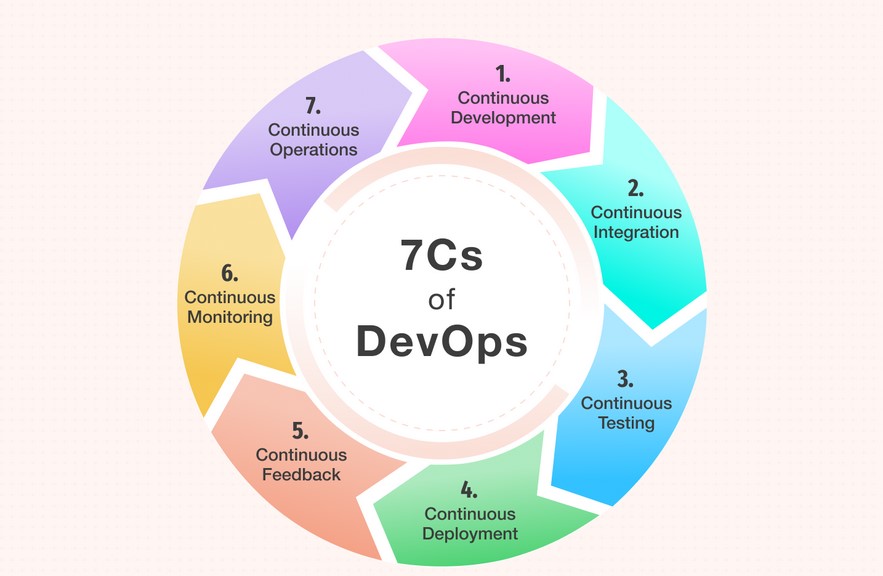
Key Trends in Development Methodologies:
- Agile Frameworks: Emphasizing flexibility and customer feedback, Agile methodologies like Scrum and Kanban are increasingly popular.
- DevOps Integration: Merging development and operations to streamline deployment and increase efficiency.
- Continuous Integration/Continuous Deployment (CI/CD): Enabling ongoing automation and continuous monitoring throughout the lifecycle of apps.
- Microservices Architecture: Building applications as a suite of small, modular services for better scalability and maintenance.

Conclusion: The Road Ahead in Software Innovation
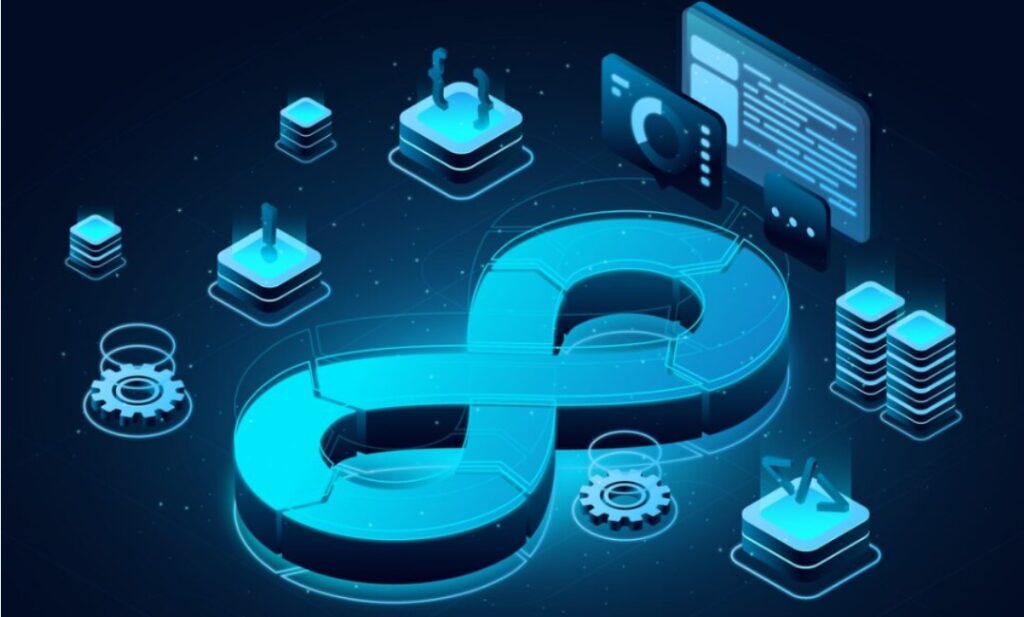
The exploration of top software trends reveals a dynamic and ever-evolving tech landscape. These top software trends are critical indicators of where the industry is heading and what we can expect in the near future.
Recap of Key Software Trends:
- AI and ML Advancements: Transforming industries with enhanced decision-making and automation.
- Growth of IoT: Integrating everyday devices with the internet for smarter living.
- SaaS and Subscription Models: Redefining software consumption with flexibility and scalability.
- Emergence of 5G: Accelerating connectivity and enabling advanced technological applications.
- Sustainable Software Practices: Prioritizing eco-friendliness in software development.

Future Outlook: The future of technology, influenced by these top software trends, is heading towards more integrated, efficient, and user-centric solutions. As AI and ML continue to evolve, we can anticipate even more personalized and predictive technologies.
The expansion of IoT and 5G will further blur the lines between physical and digital worlds. Sustainable practices in software development will become more prevalent, reflecting a growing global emphasis on environmental responsibility.
In closing, the importance of staying informed about these top software trends cannot be overstated. They are not just shaping the present; they are paving the way for a more advanced and interconnected future.




